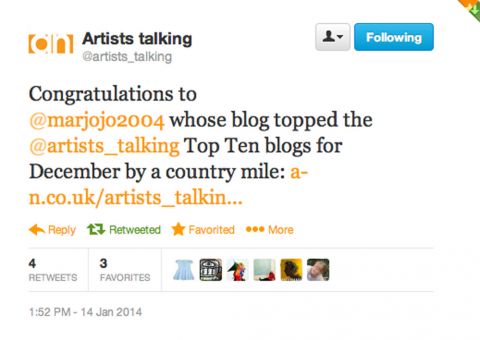I have been staring at images of my father taken when he became a soldier at 17 and two years later as a POW in the US. Besides the various uniforms all I can see is a soft, young face, initially thoughtful and often smiling (which with my backwards-in-time glance I find difficult), then serious, and a bit lost-looking. These photos (badly rephotographed by me) frame the unsaid, the intolerable, those times of warfare and whatever that might entail, in a strange kind of before/after way.
I find it impossible to imagine my father, a gregarious, generous, outgoing person with spells of depression and withdrawal, engaged in battle. As a 17 year old fresh in Wehrmacht-uniform he seems in make-belief mode, as if practising for a play. And yet I know he fought and was deeply affected by, and here I hold my breath, what he saw, experienced, did.
Here’s a photograph of my father (he’s on the left) and another young German in POW-uniform in the US, formally posed for a card to send to their respective families as a sign of life. This one is easier to look at, as it signifies ‘after’. Back in November I worked on an intricate piece to do with war wounds, but haven’t picked it up again, partly because my hands aren’t up to tiny crochet stitches, partly because I struggle with the representation of one of Hitler’s soldiers, even my father, as a traumatised being (although the eventual piece will not directly refer to him or any clear-cut identity). I struggle not only because it’s very personal: Everything I do is done in front of a chorus declaring truths, like in a Greek tragedy: Don’t forget the holocaust and all that was inflicted in the name of the Third Reich! Nothing compares! Can I claim my father from what is simultaneously legitimate and an interdiction? The impulse is there, and constantly checked. What does that make me? Gatherer of guilt and shame?
The other day I was looking through an art-book and was struck by an ink drawing by Otto Dix, who fought in WWI, made of himself as a soldier. He is depicted with a fierce bestubbled face and fag in mouth, bearing a machine gun diagonally across his torso which seems to be cancelling him out and elevating him to a killing machine, all in one go. This is how I am to imagine my father, minus the stubbles.
And while I reluctantly try and recoil and recover and try again I question why I use the figure of my father as an access-point in my engagement with German history, why I feel the need to focus on that distinct and distant part of his life which I did not, cannot share. If history begins at home, is it not at the same time a form of taking him down, to which I do not have the right? I try to pull close and never feel a greater division, which tenderness and sorrow cannot save me/him from. I want to spirit him out of there. Carve him out. In a way it is a compulsion I’ve inherited from him, this constant worrying of wounds. He so often was on the brink of speech, esp. in his last years urgent words seemed to weigh in his mouth like pebbles glued to the tongue. That he couldn’t, wouldn’t get them out was painful to see. And somehow, in a process that started years and years ago, I’ve become the official bearer of difficult subjects in the family, an ineffectual Kassandra in reverse. It’s a role I’ve learned to play (sometimes smugly, I must admit) and don’t seem to be able to step out of.
continued below –>













